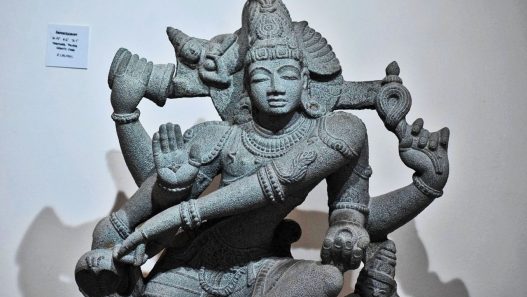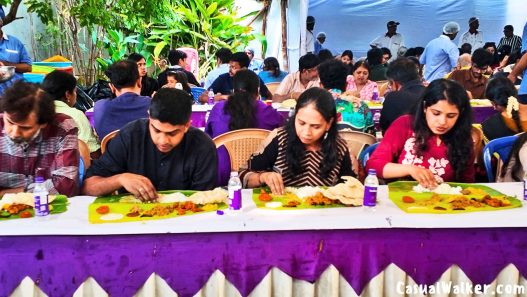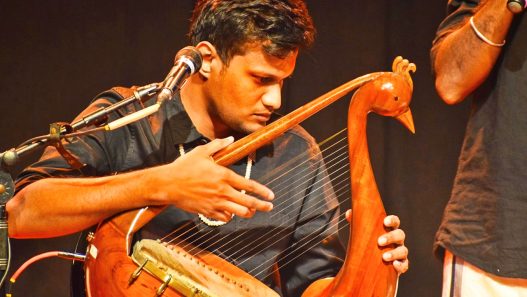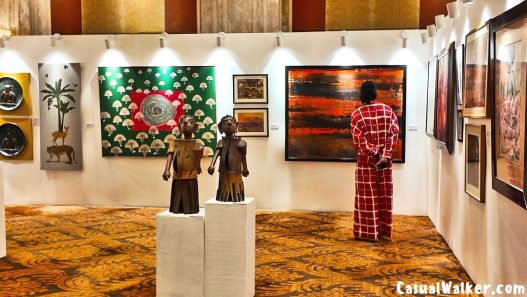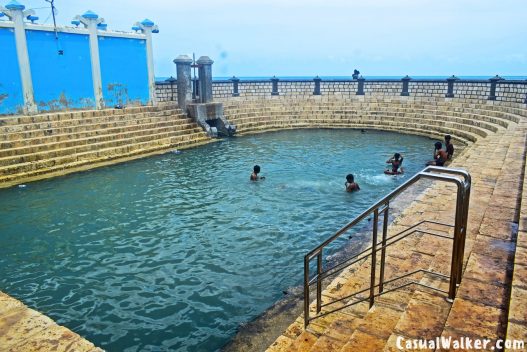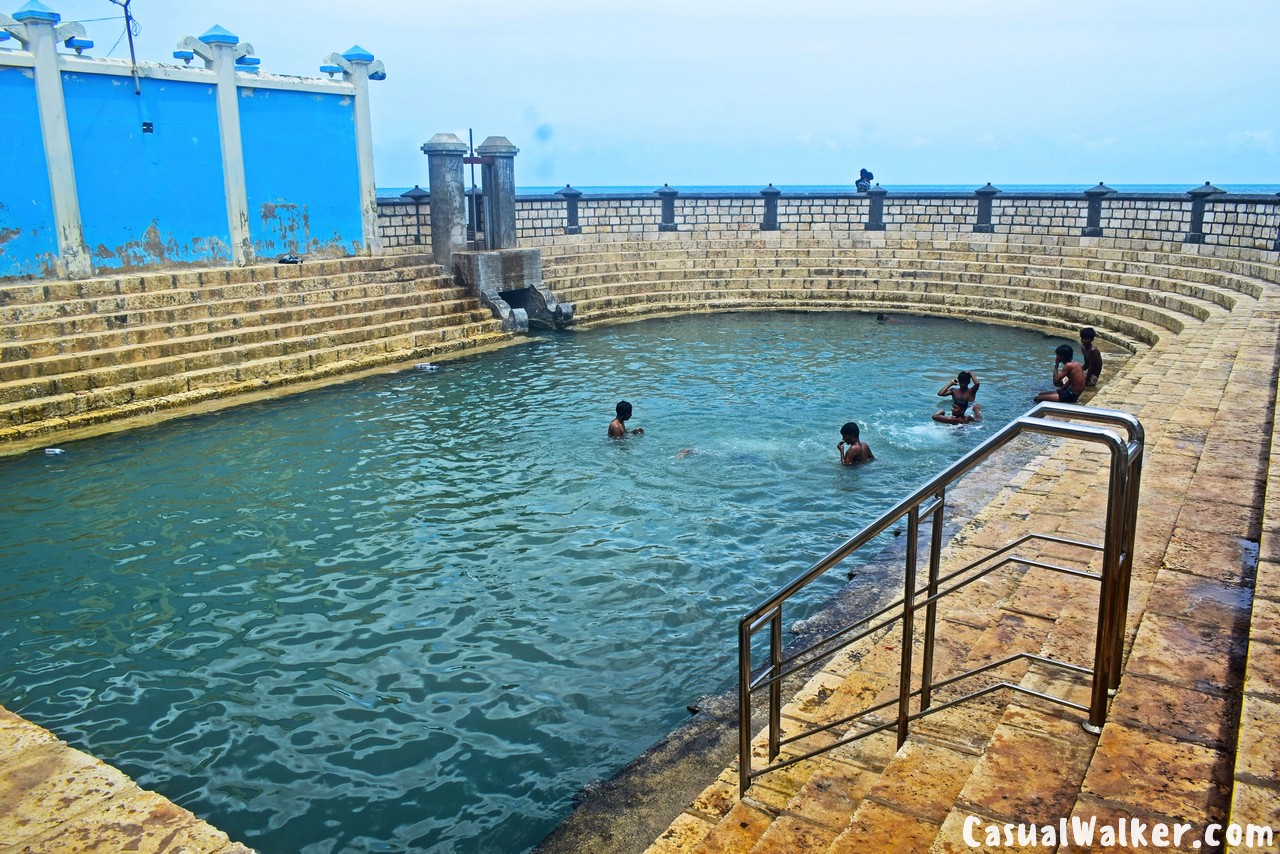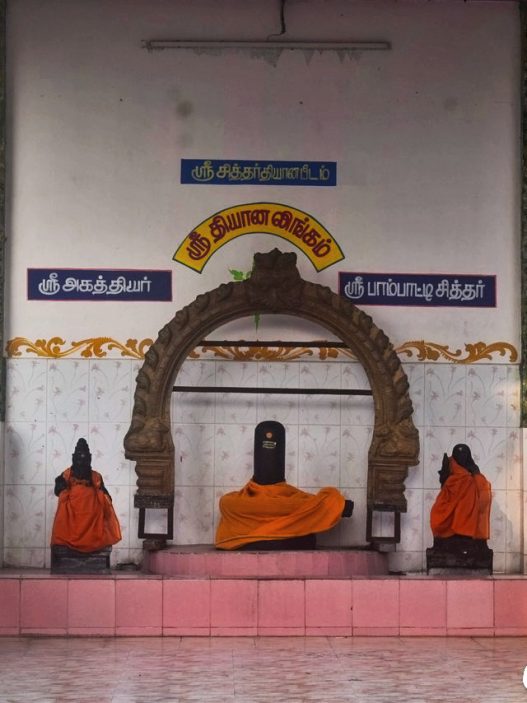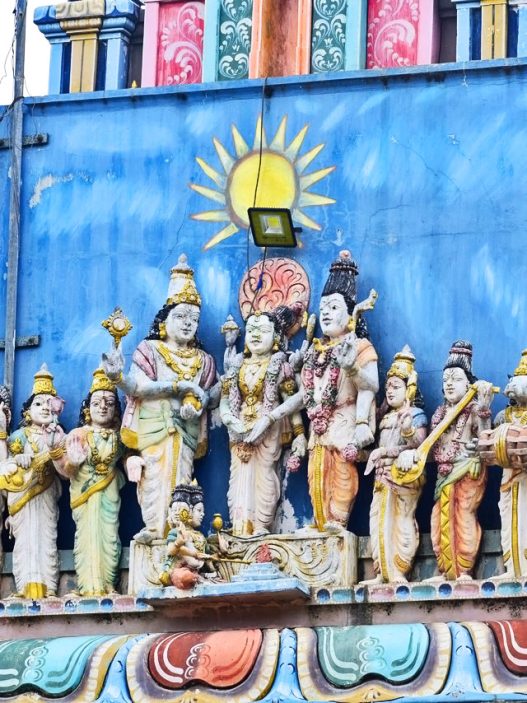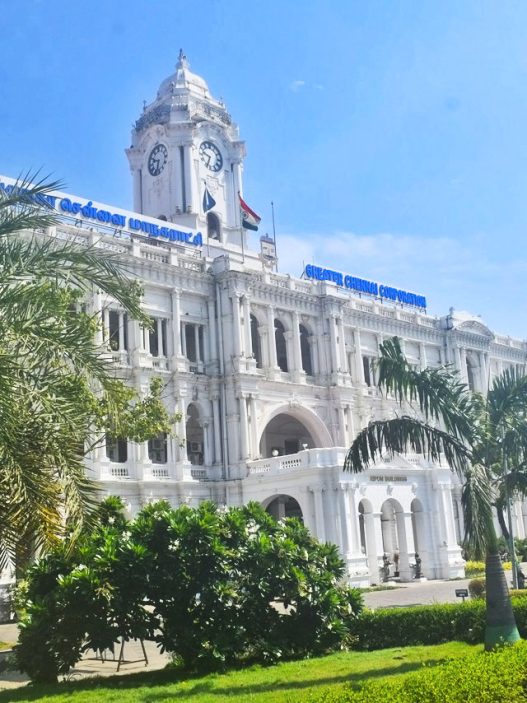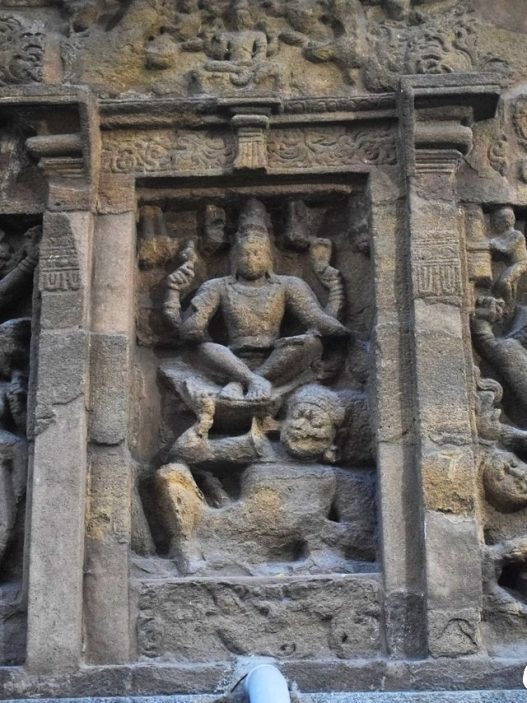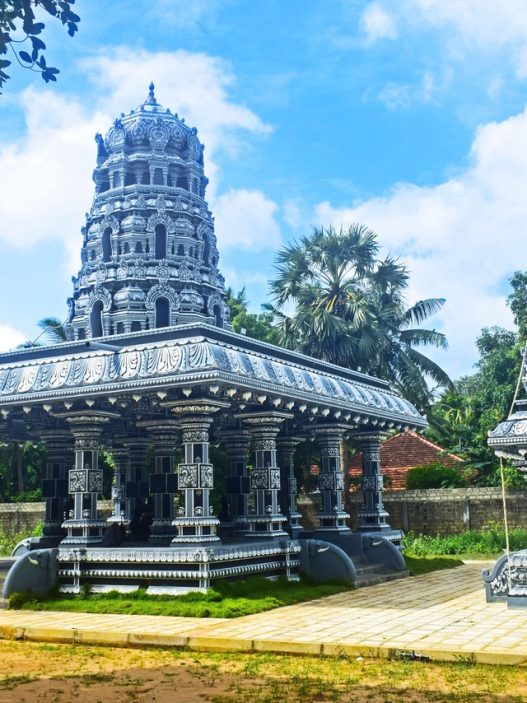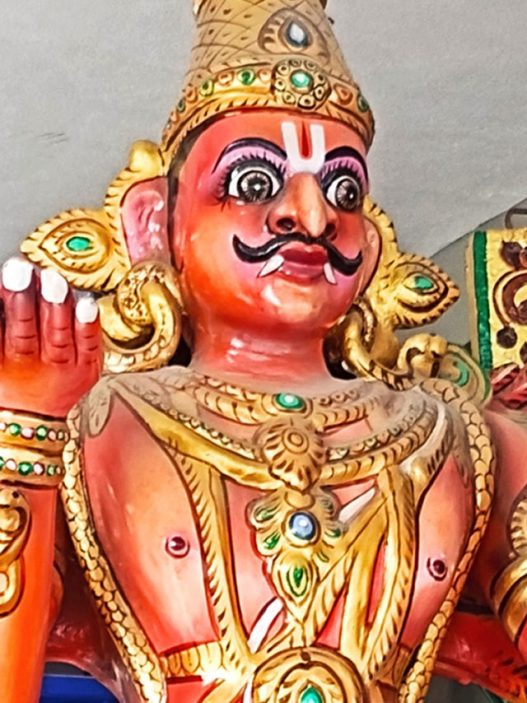Keerimalai Pond in Kankesanthurai, Jaffna, Sri Lanka: Sacred Freshwater Springs Where Lord Rama Bathed After Defeating Ravana at Naguleswaram Temple (Pancha Ishwaram) – One of the Ramayana Pilgrimage Locations in Sri Lanka | Complete Travel Guide, History, Location, Timings & Best Time to Visit
– freshwater springs where devotees seek spiritual purification and ancestral blessings
Naguleshvaram Kovil is one of the five Ishvaram – Lord Shiva temples on Indian ocean islands, which is situated just 30 minutes north of Jaffna / Yalpanam town. At the temple we can find the mystical Keerimalai (Keerimale) Pond or the Keerimalai Sacred Spring (கீரிமலை நீரூற்று) beckoned me with promises of ancient healing powers and divine intervention. The term “Keeri” in Tamil and “Nagula” in Sanskrit translates as Mongoose.
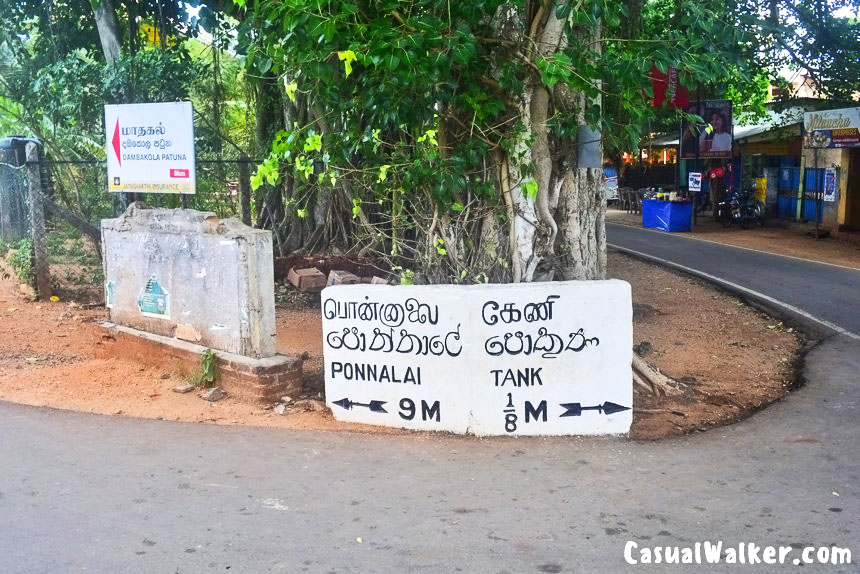
What struck me most was the pond’s unique positioning—nestled right next to the Indian Ocean, yet miraculously maintaining its fresh water through an underground spring system that connects all the way to the famous Nilavarai Bottomless Well, over 10 kilometers away. The engineering marvel of nature left me in absolute awe.
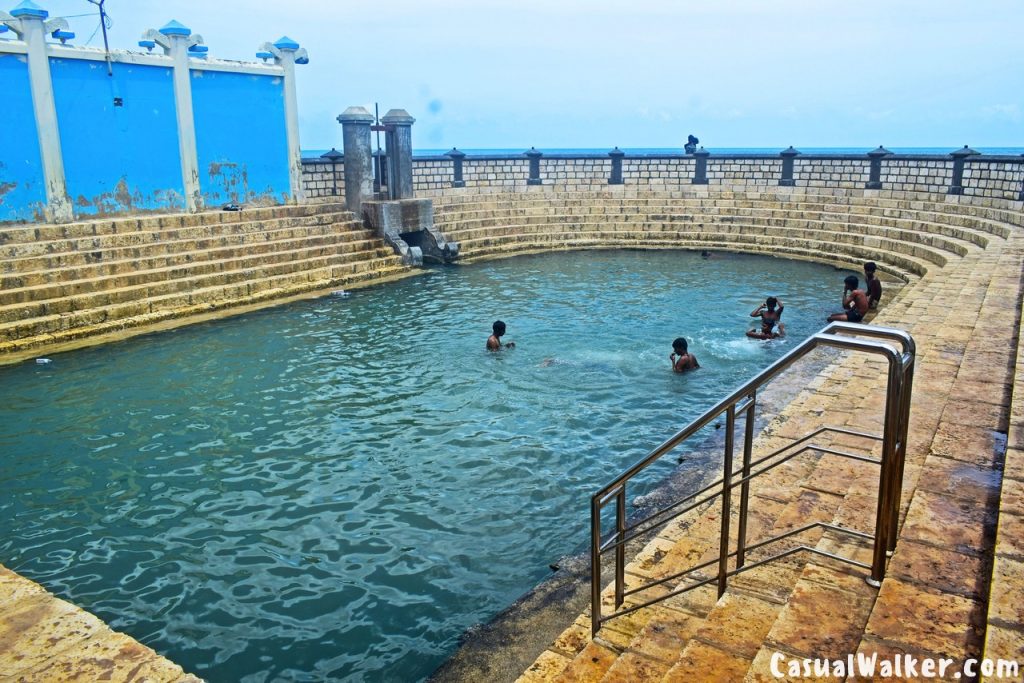
Lord Rama’s Divine Purification: The Ramayana Connection
One of the most sacred legends associated with Keerimalai deeply moved me during my visit. After Lord Rama‘s victory over Ravana and the rescue of Mata Sita, the divine prince prepared for his return to Ayodhya. However, wise saints advised him to cleanse himself of the sin accumulated by killing Ravana, despite the righteous nature of his deed.
Following this divine counsel, Lord Rama embarked on a pilgrimage to all the Pancha Ishwarams of Sri Lanka. Standing where this momentous event is believed to have occurred, I felt an overwhelming connection to the epic Ramayana. It is said that when Lord Rama bathed in these very holy waters of Keerimalai, he was completely purified of all sins, blessing the pond with divine sanctity that continues to this day.
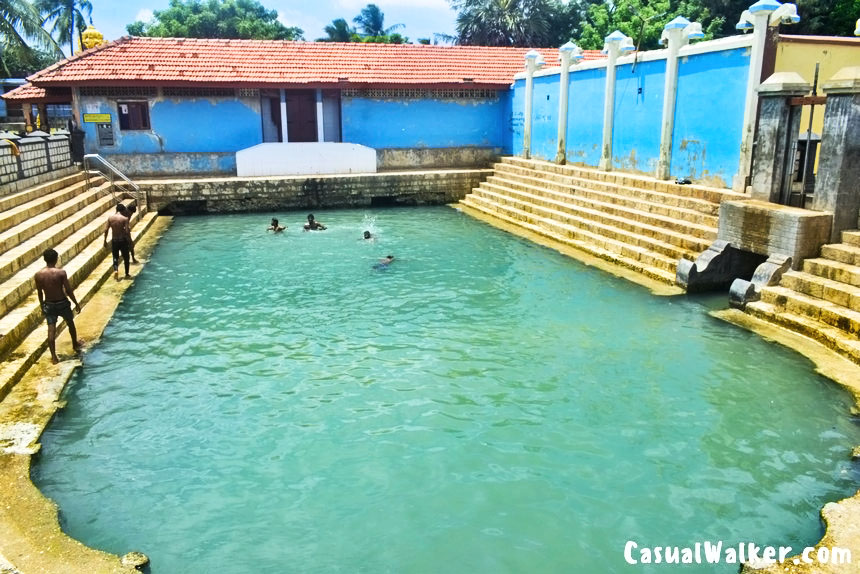
This legend adds profound significance to every ritual bath taken here, as devotees follow in the footsteps of the divine prince himself.
The Ancient Origins: From Tiruthambaleswaram to Naguleswaram
Learning about the temple’s ancient history fascinated me immensely. Originally known as Tiruthambaleswaram, this sacred site’s current name has a captivating origin story that spans centuries.
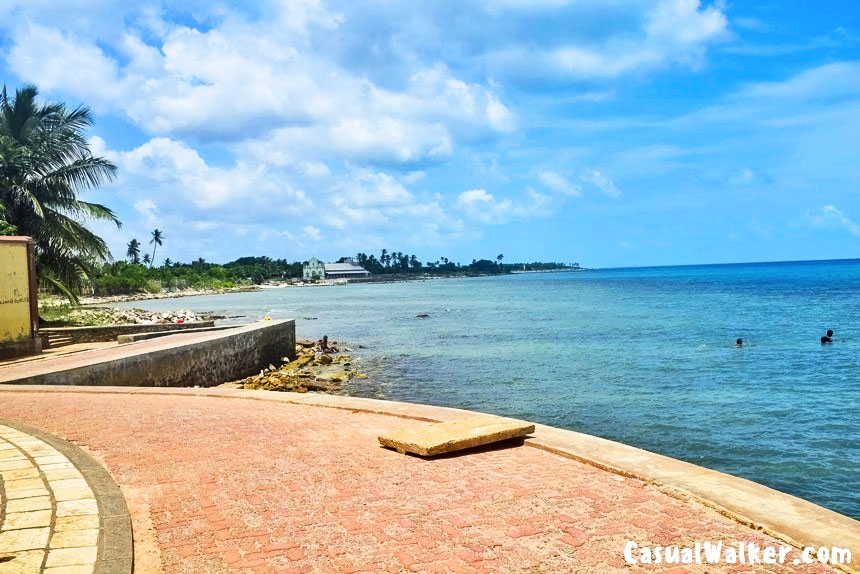
Sage Nagula, a devoted ascetic, resided in a cave near the sacred Shiva lingam and the divine pond. With advancing age, a peculiar transformation occurred—his face and body gradually shrunk to resemble that of a mongoose. Guided by unwavering faith, the sage took a ritualistic dip in the healing waters of Keerimalai. Miraculously, he was instantly cured of his disfigurement and restored to his original human form.
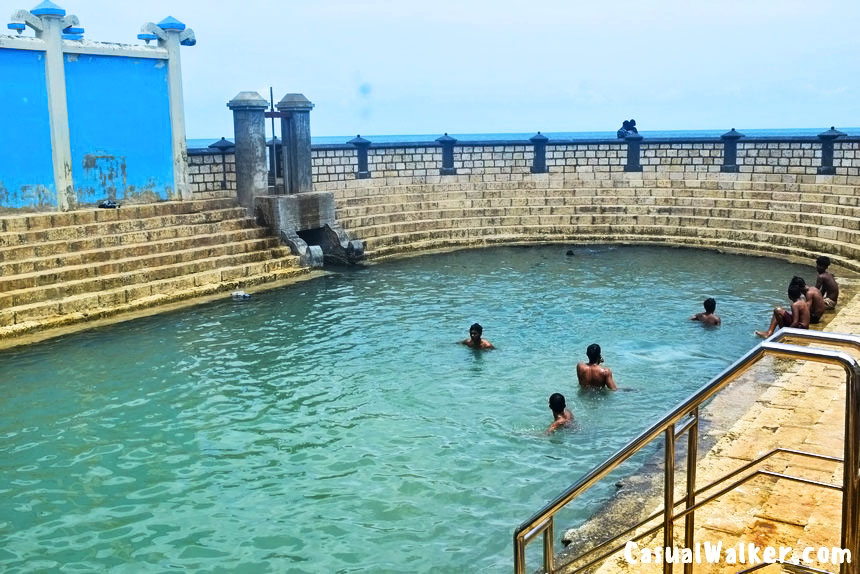
Overwhelmed with gratitude, Sage Nagula became the first to construct a proper shrine around the lingam. Since then, the temple came to be known as Naguleswaram Kovil, and the pond received its current name Keerimalai—both Nagula and Keeri meaning mongoose in the local Tamil and Sinhala scripts.
Royal Patronage: King Vijaya’s Sacred Construction
The historical depth of this site amazed me further when I learned that the first Sinhalese King Vijaya himself constructed a larger shrine at this very location during the 5th century. This royal patronage established Keerimalai as a site of paramount importance, transcending ethnic and religious boundaries to become a truly national treasure.
Princess Maruthapura Veeravalli: A Royal Tale of Miraculous Healing
The legend that touched me most profoundly tells of Princess Maruthapura Veeravalli, daughter of a Pandyan king during the Chola period. Born with a face disfigured to resemble that of a horse, the princess lived in despair until she heard whispers of the miraculous Keerimalai pond.

Driven by desperate hope, she embarked on the arduous journey from her homeland. As the legend beautifully narrates, when she bathed in the magical waters where the Keerimalai stream meets the sea, a divine transformation occurred. Her harsh facial features gradually softened, her disfigurement completely healed, and she emerged as a woman of extraordinary beauty.
In overwhelming gratitude for this divine intervention, Princess Veeravalli commissioned the reconstruction of the magnificent temple complex that stands beside the pond today. What captivated me most was discovering that nearby Maviddapuram derives its very name from this legend—”Ma” (horse) + “vidda” (left off) + “puram” (place), literally meaning “the place where the horse-face was left behind.”
Pancha Ishwaram Experience: Connecting with Lord Shiva
Adjacent to the sacred pond stands the Keerimalai Naguleswaram Kovil, one of Sri Lanka’s revered Pancha Ishwarams—five ancient temples dedicated to Lord Shiva. The current structure, rebuilt in 1894 under the guidance of the great Hindu reformer Arumuka Navalar after Portuguese destruction, represents the resilience of Hindu faith in Sri Lanka.
Sri Arumuga Navalar Statue
On the shore side of the Keerimalai pond, we can find the statue of Sri Arumuga Navalar, a greatest Shaivite Tamil language scholar and religious reformer who was central in reviving native Hindu Tamil traditions in Sri Lanka.
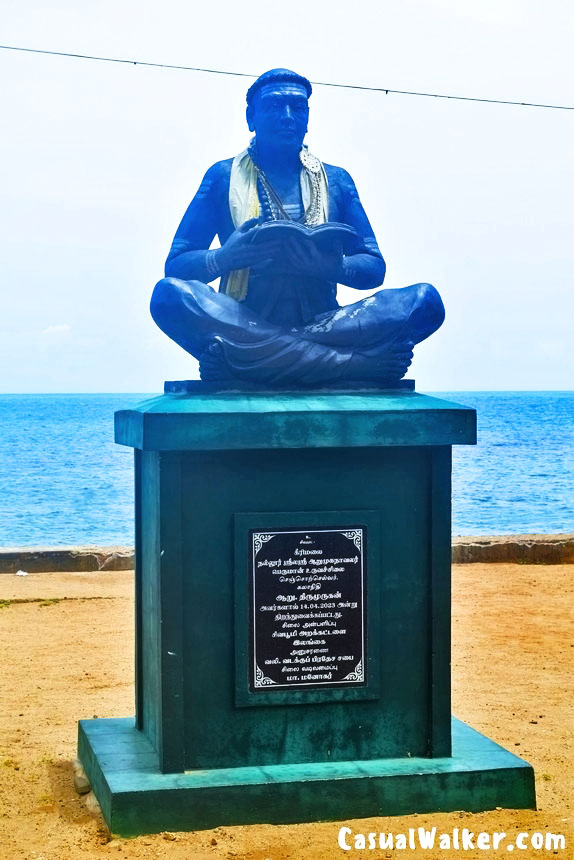
This statue was erected by Sri Aru. Thirumurugan is the founder of the Sivabhoomi Trust, an organization in Sri Lanka dedicated to social work and religious services, particularly for special-needs children, the elderly, and other underserved communities.

Walking through the temple complex, adorned with intricate sculptures and vibrant colors, the atmosphere of devotion was palpable, with the sacred pond’s ethereal glow reflecting the spiritual energy of this Shiva temple in Jaffna.
Natural Springs
Located 50 feet above sea level, Keerimalai features fresh water sourced from underground natural springs. This sacred site functions as both a pilgrimage destination and a revered location for performing ancestral rituals. The mineral water spring is reputed for its curative properties. Keerimalai is a natural springs located next to the sea. This pool is built with only a wall separating the sea from the pool
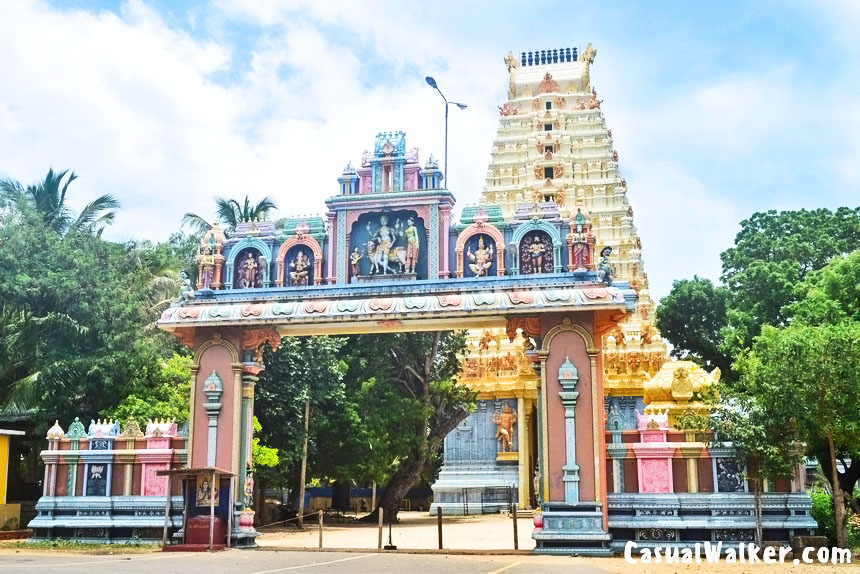
The water in this pond is unsalted. Unlike the thermal springs found in Kanniya near Trincomalee, the Keerimalai springs remain cool but are expansive enough to resemble a natural swimming pool. Visitors enjoy the most peaceful experience when arriving before local children begin their playful activities.
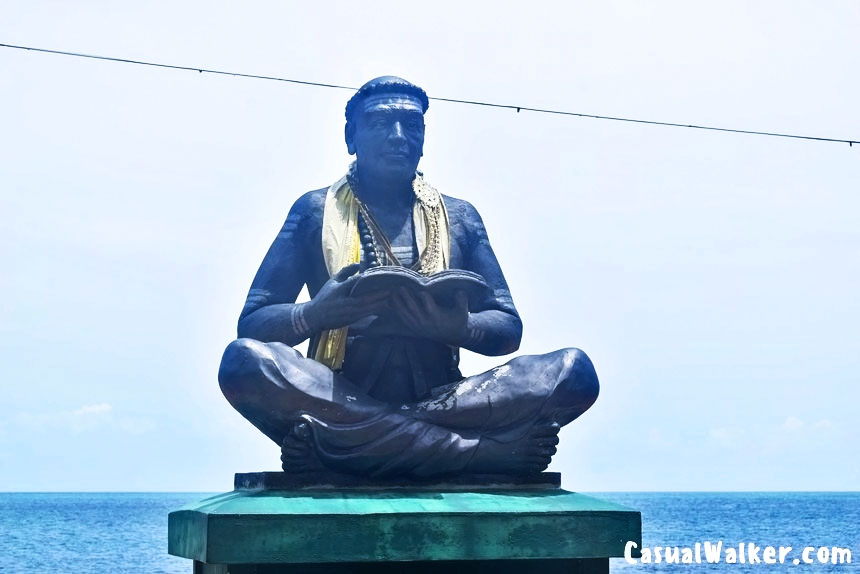
Aadi Amavasai Festival
During “Aadi Amavasai,” which occurs in the Tamil month of Aadi, Hindu devotees gather in large numbers to perform ancestral ceremonies and take sacred baths in these holy springs. These traditional rituals are predominantly conducted by men, and Keerimalai has earned lasting recognition as the premier destination for Aadi Amavasai observances.
At the Keerimalai pond we have the thoughtful arrangement of separate bathing areas for men and women. This tradition, deeply rooted in local customs, ensures that all devotees can experience the sacred waters with privacy and dignity. The large dividing wall creates distinct spaces while maintaining the sanctity of the ritual bathing experience.
The pond serves as more than just a religious site—it’s a living testament to the resilience of Hindu culture in Sri Lanka, surviving centuries of political upheaval while maintaining its sacred significance.
Best Time to Visit Keerimalai Pond
- Dry Season (May-September): Ideal for clear skies and comfortable temperatures
- Early Morning: Visit between 6:00 AM for peaceful experience before crowds arrive
- Opening Hours: 6:00 AM to 6:00 PM daily
What to Bring
- Modest clothing for temple visits
- Towels for ritual bathing
- Sunscreen and water (especially during dry season)
- Camera for capturing the spiritual atmosphere (respect photography restrictions in temple areas)
Travel Tips for Keerimalai Pond in Kankesanturai, Jaffna
Address: Keerimalai, Jaffna District, Northern Province, Sri Lanka
Distance from Jaffna: 25 km north of Jaffna
Nearby Landmark: Kankesanthurai area, adjacent to Keerimalai Sea
Keerimalai Pond Opening Time:
Opening Hours: Generally accessible throughout the day
Best Time:
Morning 6:00 AM – 9:00 AM and Evening 4:00 PM – 6:00 PM
Entry Fee: Free of charge
Plan your trip so that you reach the temple only after 9 a.m. The priest of the temple does reach only then and opens the sanctum sanctorum
Tips for Visitors
Best Time to Visit: Early morning or late afternoon
What to Bring: Towels, change of clothes, waterproof bags
Respect: Maintain sanctity of the religious site
Photography: Ask permission before photographing people
Safety: Be cautious while bathing in the springs
How to reach Keerimalai Pond in Kankesanturai, Jaffna
From Jaffna town, take the Palali Road and ask locals or army checkpoints for directions to Keerimalai. The site is easily accessible and well-known throughout the region. If you’re also planning to visit Dambakola Patuna Viharaya, the route passes directly by the pond.
By Road (Car/Bus) From Jaffna City:
Route: From Jaffna city, proceed towards the Kankesanturai main road. At the Maviddapuram junction, take the turn left on to the Keerimalai Road
Distance: Around 25km from Jaffna
Travel Time: About 30 minutes drive from Jaffna by car
By Bus Local Transport: You can arrive by local bus from Jaffna
Bus Route: Take buses heading towards Kankesanthurai and get off at Keerimalai
Frequency: Regular local buses operate throughout the day
Cost: Approximately LKR 50-100 (local bus fare)
By Private Vehicle: Parking: Available near the pond and temple premises. Well-maintained main road with clear signage
By Train: There is no direct train service to Keerimalai. The nearest railway connectivity is:
Nearest Station: Jaffna Railway Station
From Station: Take a bus or taxi for the 25km journey to Keerimalai
Train Services: Limited train services operate to Jaffna from Colombo
By Flight – Nearest Airport:
Jaffna Airport (Palali Airport)
Approximately 15-20km from Keerimalai
Airport Code: Not a commercial airport (military use)
Alternative: Bandaranaike International Airport, Colombo (then road journey to Jaffna)
From Colombo Airport:
Distance: Approximately 400km
Travel Options: Domestic flights to Jaffna (limited availability)
Road journey via A9 highway (6-8 hours)
Train to Jaffna + local transport

